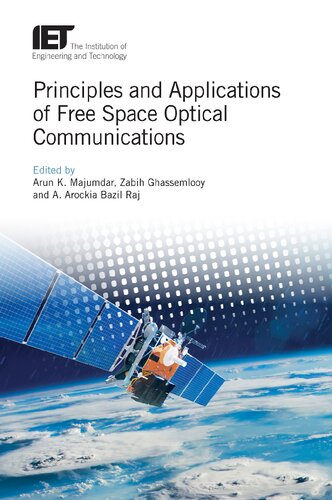

Most ebook files are in PDF format, so you can easily read them using various software such as Foxit Reader or directly on the Google Chrome browser.
Some ebook files are released by publishers in other formats such as .awz, .mobi, .epub, .fb2, etc. You may need to install specific software to read these formats on mobile/PC, such as Calibre.
Please read the tutorial at this link: https://ebookbell.com/faq
We offer FREE conversion to the popular formats you request; however, this may take some time. Therefore, right after payment, please email us, and we will try to provide the service as quickly as possible.
For some exceptional file formats or broken links (if any), please refrain from opening any disputes. Instead, email us first, and we will try to assist within a maximum of 6 hours.
EbookBell Team

4.7
66 reviewsThe evolution of wireless communication applications over the past decades is enormous, driven by the ever increasing number of wireless broadband internet, mobile phones, smart devices, social web, gaming, and video-centric applications. The number of end users is grown by about 30%–40% per year, i.e., from 16 million to 3.6 billion in 1995 and 2016 [1,2], which has put a tremendous pressure on the network infra-structure thus forcing the service providers to upgrade their current systems for higher wireless access data rate and improve quality of service. Until now, the radio frequency (RF)-based wireless systems have been the prominent and mature technology in a range of fields including wireless local area network (WLAN), global positioning system (GPS), RF identification (RF ID) systems, home satellite network, etc. [3]. In addition, the third and fourth generations (3G/4G) wireless networks have experienced a growing increase in the data traffic due to the wide-spread use of smart devices any-time anywhere. The volume of mobile and wireless users and thus the data traffic are predicted to increase a thousand-fold over the next decade [4], thus resulting in the mobile spectrum congestion (i.e., bandwidth bottleneck) at both the backhaul and last mile access networks [5]. Of course, the situation is going to get even more challenging by the introduction of 5G and beyond wireless technologies.